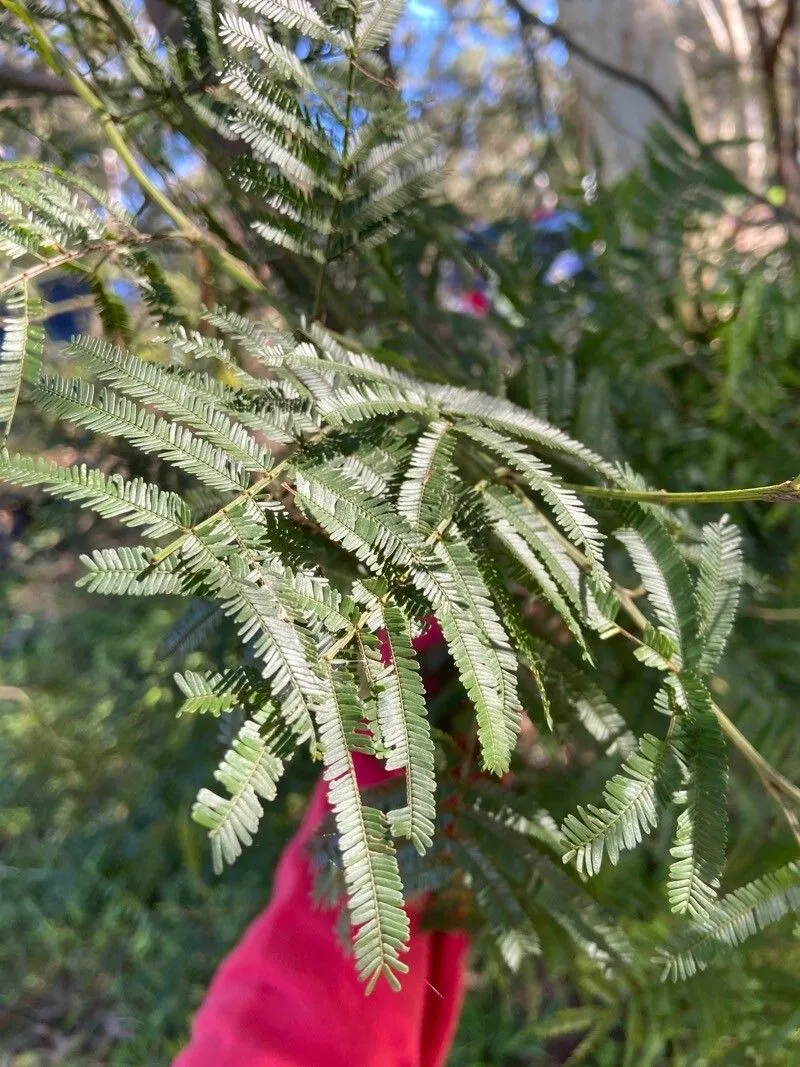
Author: Tindale
Bibliography: Contr. New South Wales Natl. Herb. 3: 127 (1962)
Year: 1962
Status: accepted
Rank: species
Genus: Acacia
Vegetable: False
Observations: CE. & SE. New South Wales
Sydney green wattle, scientifically known as Acacia parramattensis, is a remarkable plant indigenous to New South Wales, particularly thriving in the Central and South-Eastern regions. Described in botanical literature by Tindale in a significant contribution to the New South Wales National Herbarium in 1962, this plant falls under the diverse and ecologically crucial Fabaceae family.
Known for its graceful, feathery foliage and vibrant green hue, the Sydney green wattle makes a striking visual statement. Its leaves, technically termed as “phyllodes,” are long and slender, giving the plant a delicate and airy appearance. These phyllodes are an evolutionary adaptation that allows the plant to conserve water, an essential feature for surviving in its native Australian habitat.
In addition to its visual appeal, the Sydney green wattle is notable for its yellow, ball-shaped flowers that bloom in clusters, typically during the warmer months. These flowers not only add a splash of color to the landscape but also play a vital role in the local ecosystem by providing a source of nectar for a variety of insects, thus supporting biodiversity.
Acacia parramattensis exhibits the typical hardiness and adaptability of the wattle genus. It can grow in a range of soil types, from sandy loams to heavy clays, and is relatively drought tolerant once established. This makes it an excellent choice for reforestation projects, erosion control, and as a pioneer species in disturbed areas where it can rapidly establish a stable plant community.
Moreover, like many members of the Fabaceae family, the Sydney green wattle engages in a symbiotic relationship with nitrogen-fixing bacteria. This relationship enriches the soil with nitrogen, thereby improving soil fertility and benefiting surrounding plant species. This characteristic makes it not only a resilient survivor but also a beneficial companion in mixed planting schemes.
Despite its robustness and utility, the Sydney green wattle should be managed thoughtfully, particularly in non-native regions where it might compete with local vegetation. Careful awareness and proper horticultural practices ensure that this beautiful and beneficial plant enhances, rather than disrupts, the ecosystems it becomes part of.
The contribution of Tindale in documenting Acacia parramattensis remains a valuable resource for botanists and ecologists alike. By understanding and appreciating the unique attributes and ecological significance of the Sydney green wattle, we can better support the conservation and sustainable use of this wonderful species.
Eng: parramatta green wattle, parramatta wattle, south wales wattle, sydney green wattle
En: Sydney green wattle, Parramatta green wattle, Parramatta wattle, South Wales wattle
: South wales wattle
© copyright of the Board of Trustees of the Royal Botanic Gardens, Kew.
Taken May 18, 2022 by Mairead Young (cc-by-sa)
Taken May 18, 2022 by Mairead Young (cc-by-sa)
Growth habit>: Tree
Family: Myrtaceae Author: (F.Muell.) K.D.Hill & L.A.S.Johnson Bibliography: Telopea 6: 402 (1995) Year: 1995 Status:…
Family: Rubiaceae Author: Pierre ex A.Froehner Bibliography: Notizbl. Bot. Gart. Berlin-Dahlem 1: 237 (1897) Year:…
Family: Sapindaceae Author: Koidz. Bibliography: J. Coll. Sci. Imp. Univ. Tokyo 32(1): 38 (1911) Year:…
Family: Asteraceae Author: A.Gray Bibliography: Pacif. Railr. Rep.: 107 (1857) Year: 1857 Status: accepted Rank:…
Family: Fabaceae Author: Medik. Bibliography: Vorles. Churpfälz. Phys.-Ökon. Ges. 2: 398 (1787) Year: 1787 Status:…
Family: Aspleniaceae Author: (Cav.) Alston Bibliography: Bull. Misc. Inform. Kew 1932: 309 (1932) Year: 1932…